Graham Reid | | 4 min read
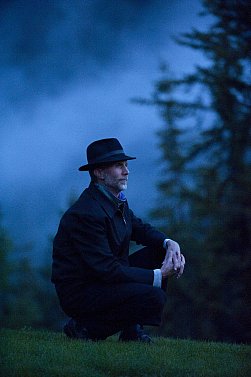
Although classical music hasn't been central to Elsewhere's self-defined mandate, we've certainly covered a fair share: archival interviews with John Tavener, Steve Reich, Kronos Quartet, Michael Nyman, Ute Lemper, Maxim Shostakovich and Mstislav Rostropovich as well as articles about Douglas Lilburn, Victoria Kelly, Jack Body, John Psathas, Arvo Part, Henryk Gorecki, Leonie Holmes and Eve De Castro-Robinson, reviews and overviews of the operas Nixon in China, The Death of Klinghoffer, Don Giovanni, Rigoletto and The Flying Dutchman . . .
And more, including this frivolous piece about Beethoven.
So we have no qualms about introducing Elsewhere readers to the American composer, naturalist and philosopher John Luther Adams (b. 1953) whose work is inspired by and evokes the vast expanses of the natural world, notably regions like the landscapes of the Arctic Circle, the deserts of Mexico and the depths of the ocean.
A glance at the year of his birth is an interesting clue, here was a man who grew up in the Beatlemania and beyond era, was influenced by Frank Zappa, John Cage and the emerging electronic music of the Sixties and Seventies, embraced ambient music and minimalism . . .
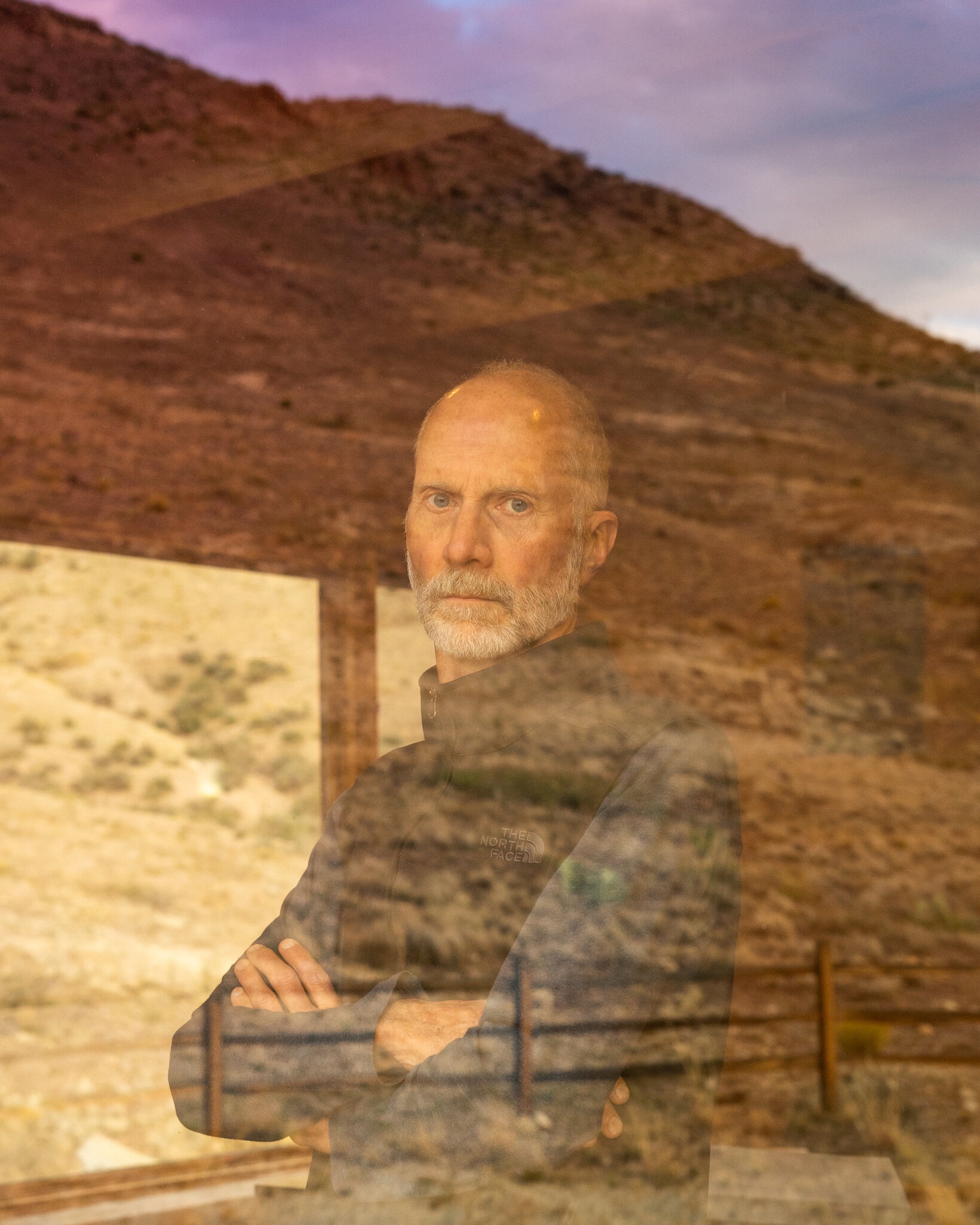 And he's an environmental activist who sees the damages of the Anthropocene Age yet rejoices in the description of his enormous and profound work Become Ocean as “doom as all hell” which appeared on a death metal website.
And he's an environmental activist who sees the damages of the Anthropocene Age yet rejoices in the description of his enormous and profound work Become Ocean as “doom as all hell” which appeared on a death metal website.
Of his own music – of which there is much – he told The Guardian, “It’s a way of making us more present in the world, a vision of how we might be together not only with each other, but with the larger community of life.”
Adams has spent much of his life outside of music – although he would certainly say his life is all of an integrated piece – as a conservationist, lived in Alaska for four decades by the sea, now mostly spends time in the Sonora Desert in Mexico or New York City and conceives his music as a response to nature.
Of his time in Alaska from the late Seventies onward he told BMI in 2015, “I thought I could do it all: I thought I could be a full time environmental crusader; I thought I could live like Henry David Thoreau in the woods; I thought I could be a working composer, and I thought I could have a serious personal relationship and also play in the Fairbank Symphony.
“It took me a decade or so to realize that I had to make some choices. It was a very heady time. To be young and idealistic in Alaska in the late Seventies and then into the early Eighties. I wouldn’t trade it for anything.
“What suffered, or so I thought, was my health and also my music. I felt like I wasn’t doing as much composing as I wanted to do. I was living in the woods without running water, a mile and a half from the road. I was still working a day job. I was trying to have a family life but not living with them. It was hard on everyone, and I thought that, among other things, my music suffered. I finally quit my day job in 1989 and never looked back.
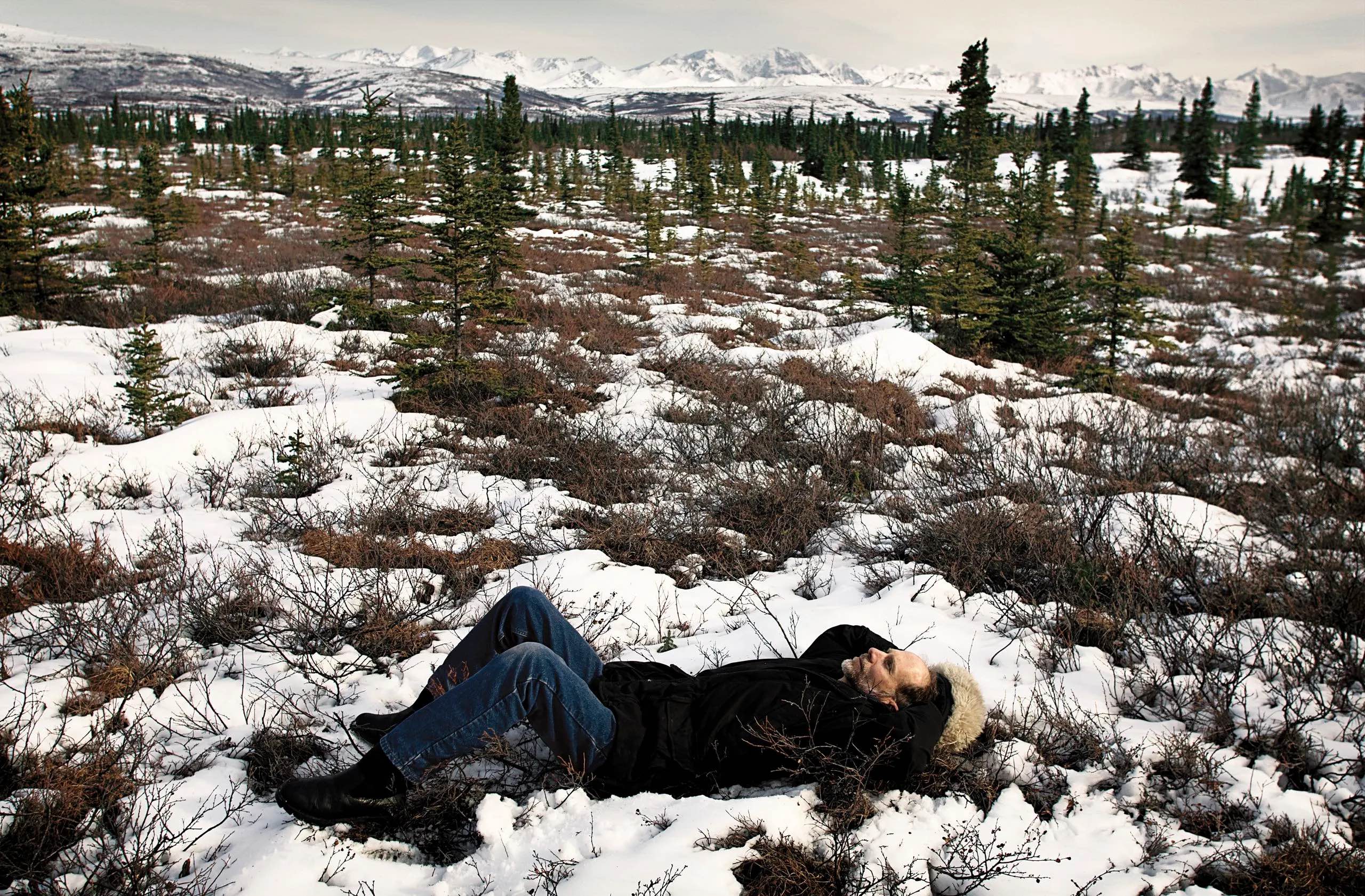 “So although I didn’t compose a lot during the Eighties, that’s when it was all coming together for me. It didn’t feel like it at the time. It was a mess, and so was I, but it was necessary in so many ways for me to go through that — not just emotionally and personally but also creatively, intellectually, artistically. I don’t really understand how that worked.
“So although I didn’t compose a lot during the Eighties, that’s when it was all coming together for me. It didn’t feel like it at the time. It was a mess, and so was I, but it was necessary in so many ways for me to go through that — not just emotionally and personally but also creatively, intellectually, artistically. I don’t really understand how that worked.
“All I know is that it did work — that when I thought I was wasting prime creative time, it turned out that the work was going on anyway.”
His grand, sometimes tumultuous, 42-minute Become Ocean of 2013 – with the Seattle Symphony Orchestra – won a Pulitzer (“the loveliest apocalypse in musical history” according to New Yorker critic Alex Ross) and has drawn some to comment on its portentousness, constrained Wagnerian intensity or reference Debussy.
“Life on this earth first emerged from the sea,” he has said. “As the polar ice melts and sea level rises, we humans find ourselves facing the prospect that once again we may quite literally become ocean.”
Other works have included 2015's Inuksuit, described by the Guardian's Kate Molleson as “a wild drumming piece that whipped up ferocious Arctic energy” (although it takes a slow and initially quiet journey to reach that frenzy).
Adams' current album is Sila: The Breath of the World – with a string quartet, percussion ensemble, chamber musicians and The Crossing choir – is inspired by the Inuit concept of Sila which speaks to the relationship of consciousness of the forces of nature.
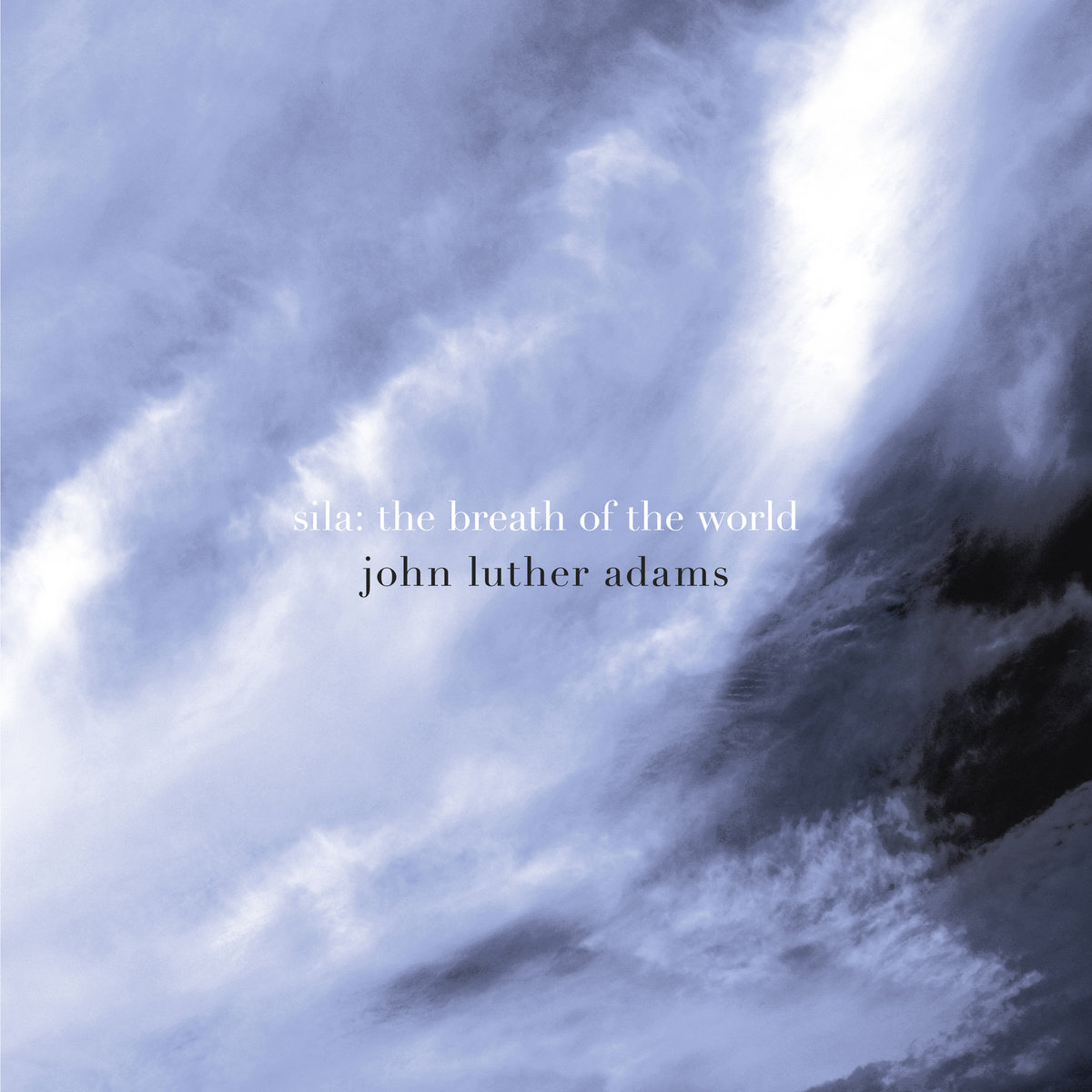 Each of the 16 pieces is numerically subtitled as a Cloud and there is a subtle billowing effect of strings and drones which conjure up the movement of wind and clouds across a landscape and around the listener.
Each of the 16 pieces is numerically subtitled as a Cloud and there is a subtle billowing effect of strings and drones which conjure up the movement of wind and clouds across a landscape and around the listener.
The work was premiered outdoors at the Lincoln Center in New York in 2014 but wasn't recorded until 2021.
Sila: The Breath of the World isn't “classical” in the sense that some may expect it to sound, rather it might have more immediate recognition from those who have explored our Further Outwhere pages, music which exists for its own sake.
It's telling that some of his previous compositions have been titled Houses of the Wind, Arctic Dreams, Become Desert, The Wind in High Places . . .
“Can music resonate with the world around us, and yet still create a world of its own?” he once asked.
It becomes rhetorical in the face of his engrossing and enveloping works.
.
You can hear and buy the Sila album and a package of other works by John Luther Adams at bandcamp here
Become Ocean is part of the programme performed by the NZSO at the Auckland Town Hall, Friday August 4. See here


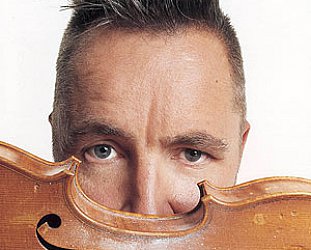
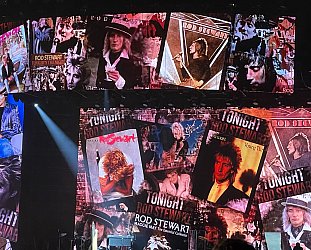

post a comment